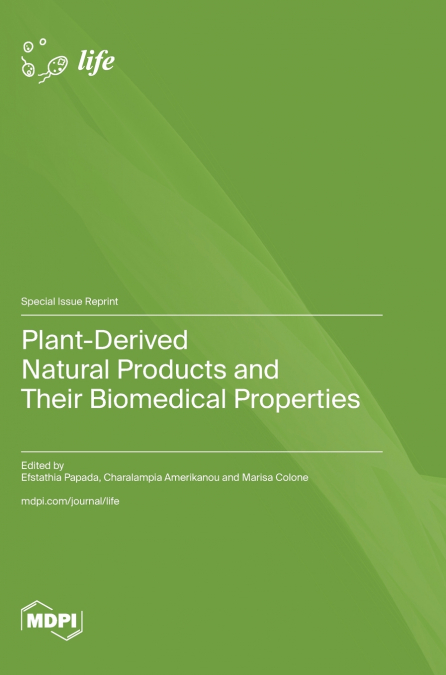
This Special Issue addresses recent advances in the research of plant-derived natural products, their mechanisms of action and how they can influence health and disease. Plant-derived natural products have been well known since antiquity due to their beneficial effects on human health, and since then, they have attracted the interest of the scientific community, leading to the identification, isolation and quantification of their compounds and research on their biomedical properties. They have been found to be rich in phytochemicals, such as terpenes and phenolic compounds, with proven antioxidant, anti-inflammatory, antimicrobial, antitumor and prebiotic properties, and therefore, they have been suggested as potential candidates for the therapeutic management of several chronic diseases. Some of them include inflammatory bowel disease, diabetes, non-alcoholic fatty liver disease, arthritis and cancer, in which inflammation, oxidative stress and dysbiosis mechanisms are implicated. Furthermore, given the increased economic burden, the side effects and the low compliance rates of patients who receive standard medical treatments, plant-derived natural products could possibly serve as adjunct therapeutic agents for chronic diseases.